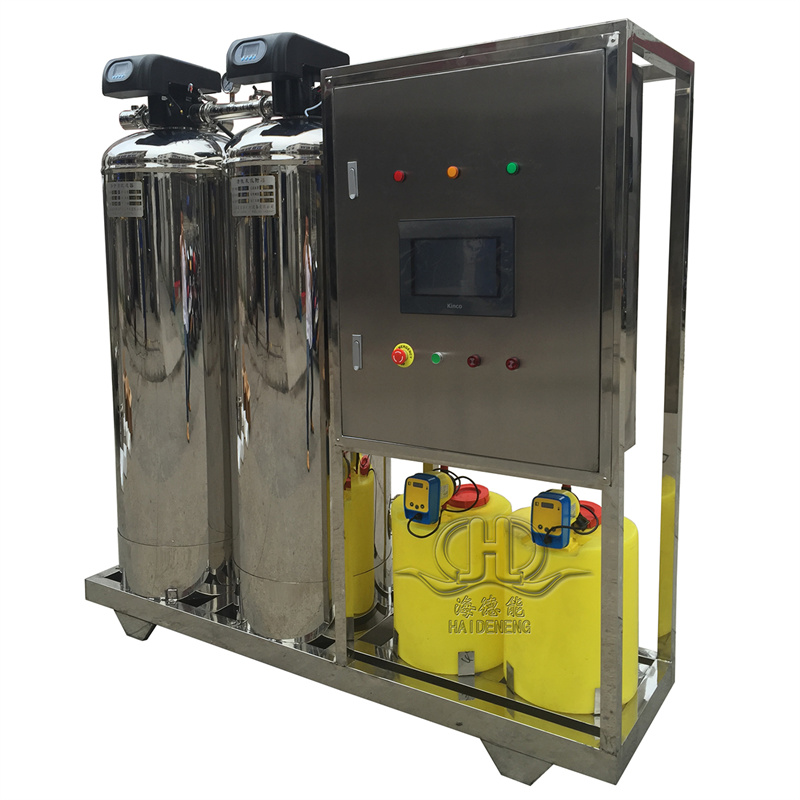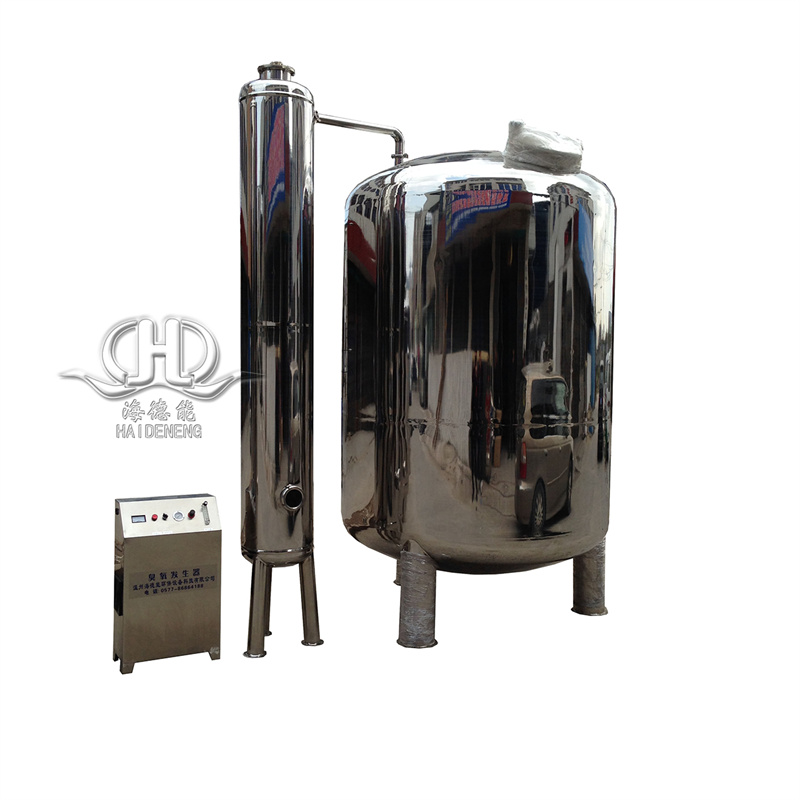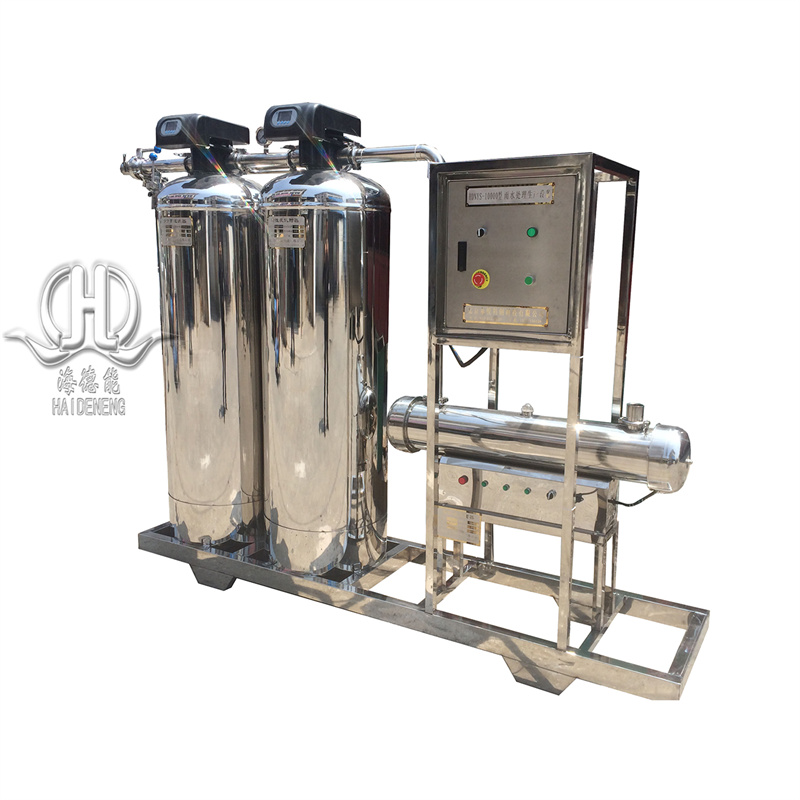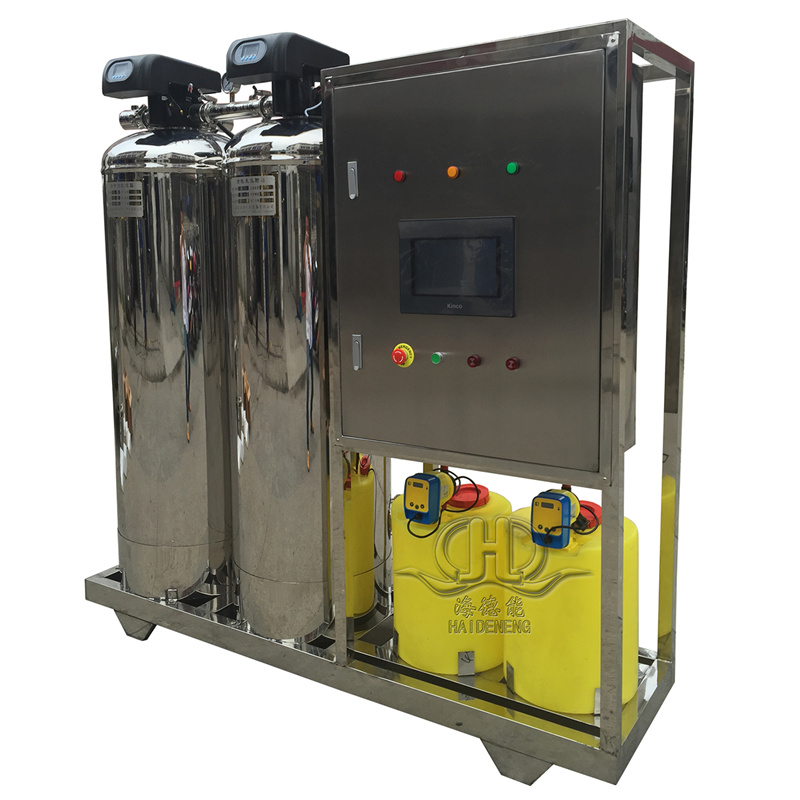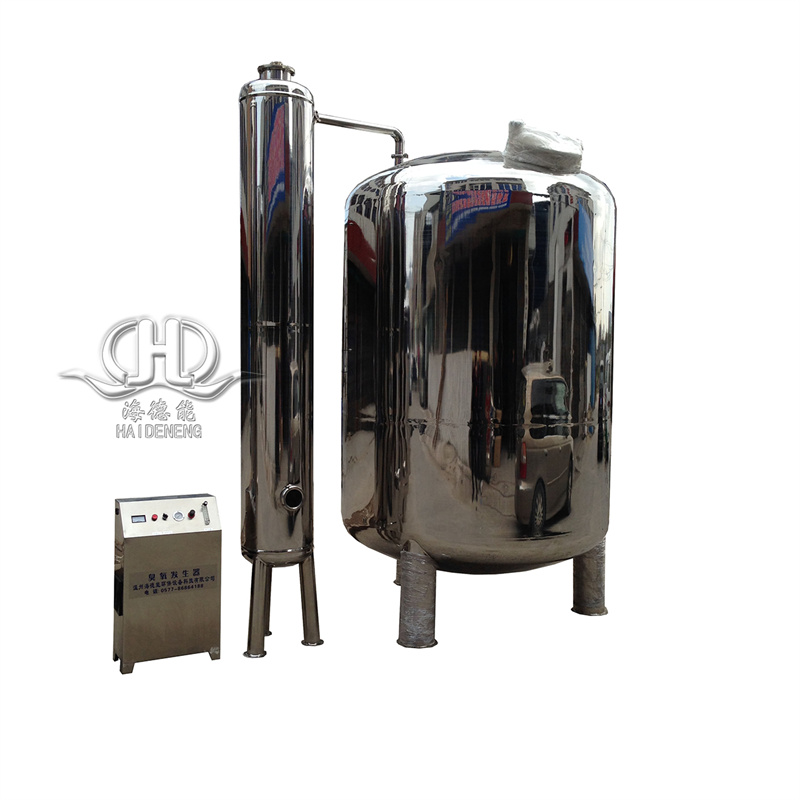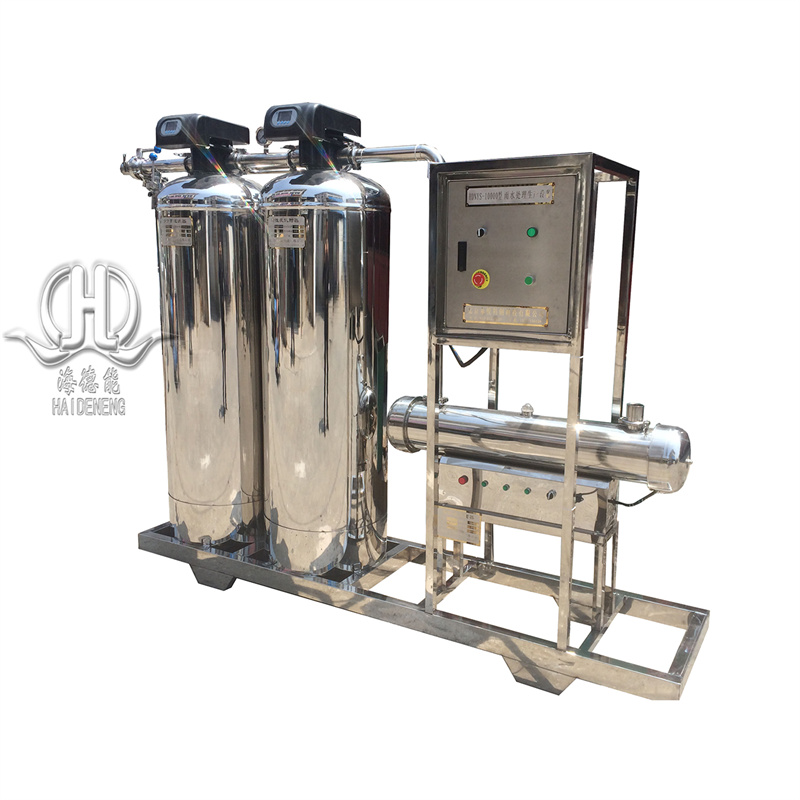Underground Water Collection System Water Purification Equipment
Product description
Rainwater purification systems are an important component of rainwater collection systems. Generally, the rainwater collected by rainwater collection systems is primarily used for cleaning, irrigation, and flushing toilets. Therefore, the methods of rainwater purification vary depending on the collection and usage of rainwater in different regions.
First, it is necessary to analyze the water quality of the rainwater collected by the system. During rainfall, soluble gases, dissolved or suspended solids, heavy metals, and microbial populations from the air can enter the rainwater. Pollutants in surface runoff mainly come from the impact of rainwater washing the surface. Therefore, surface sedimentation is the main source of pollutants in surface runoff. The composition of surface sedimentation determines the nature of surface runoff pollution. Therefore, the water quality of rainwater varies due to different locations and times. Through the analysis of rainwater quality, it is believed that pollutants in natural rainwater mainly include SS, COD, sulfides, nitrogen oxides, etc., but their concentrations are relatively low.
In rainwater treatment, both carbon filtration and sand filtration play important roles. Carbon filtration is primarily used to remove organic matter, odors and colors, and to improve water quality. It removes organic matter and chlorine through adsorption and chemical reactions, thereby improving the taste and smell of water. Sand filtration is used to remove suspended solids, sediment and other solid particles to make the water clearer. These two filtration methods are commonly used in rainwater collection systems to ensure that the collected rainwater meets usable water quality standards and can be used for irrigation, cleaning and other non-potable purposes. They can also be used in rainwater treatment systems in industrial and residential buildings to purify rainwater and make it available for reuse.
1.The rainwater treatment system has the characteristics of fast processing speed, high efficiency, good effect, stable performance, and low failure rate;
2. The entire rainwater collection has a small footprint, beautiful appearance, simple operation, and convenient management.
3. Efficient and energy-saving, with low power consumption, less medication usage, and less excess sludge production, significantly reducing the operating costs of homeowners in rainwater treatment;
4. Unique design, advanced technology, high degree of automation, no need for dedicated management;
5. The rainwater treatment process has a simple structure, saves investment in rainwater treatment projects, and has low operating costs;


